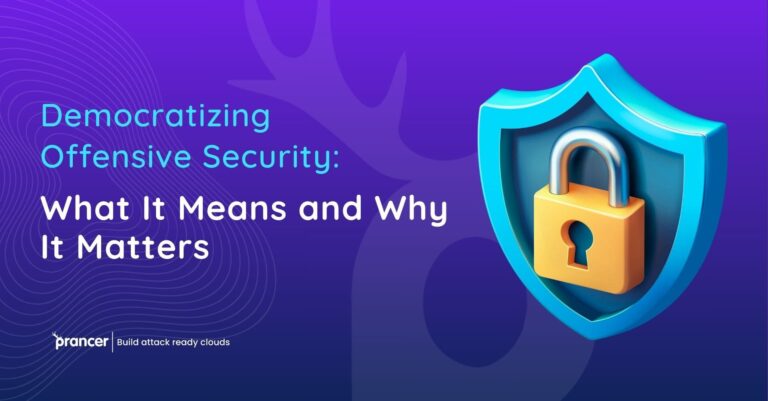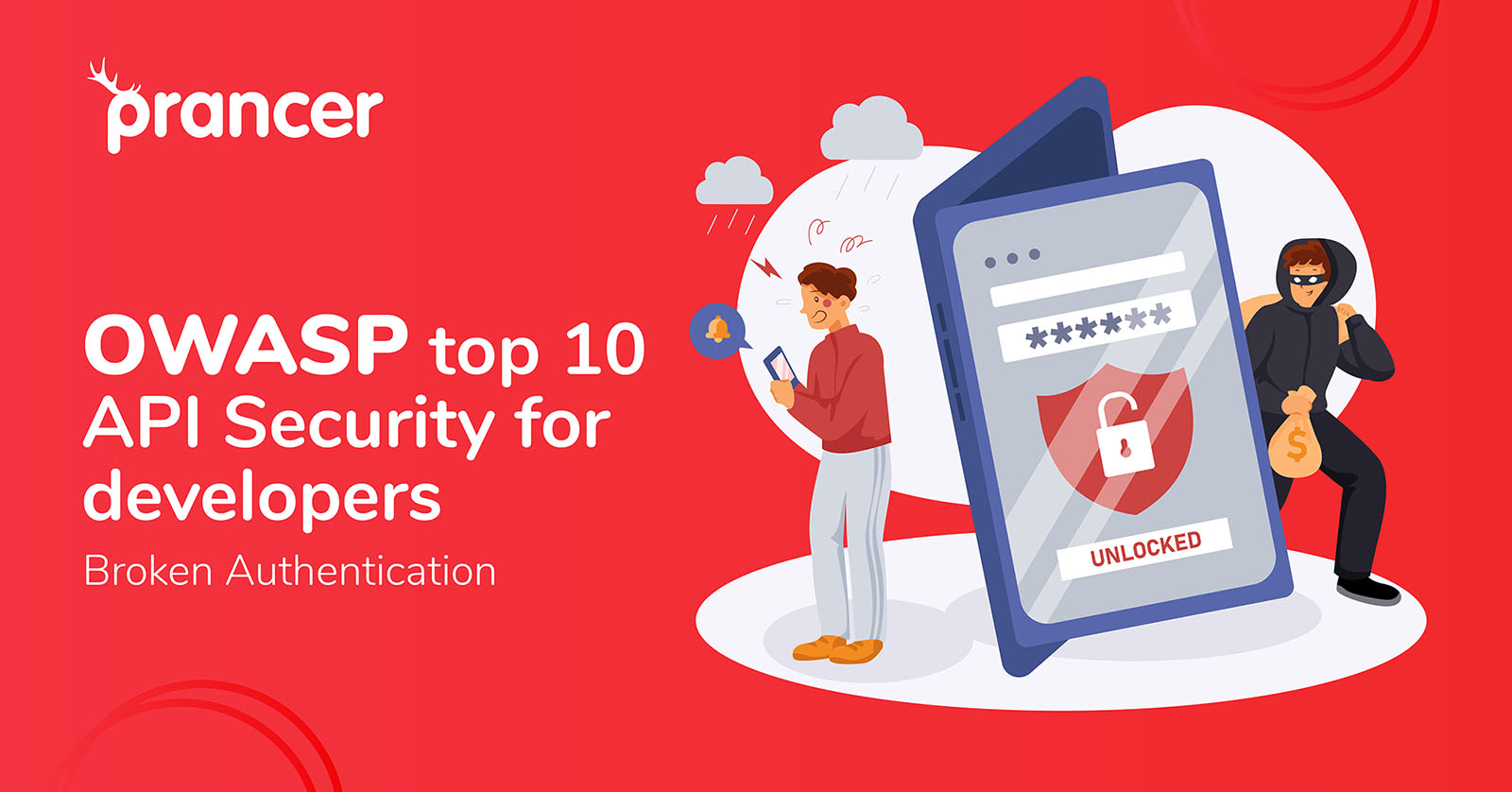

Broken Authentication refers to the risk of weak or inadequate authentication controls in APIs, which can allow attackers to gain unauthorized access to the API. This can occur when the API uses weak or easily guessable passwords, fails to properly secure authentication tokens, or does not properly validate the authenticity of authentication credentials.
Some common risks associated with Broken Authentication include:
Attack scenarios for cloud applications may include:
A vulnerable sample of code in Go lang might look like this:
func login(w http.ResponseWriter, r *http.Request) {
// Get the username and password from the request
username := r.FormValue("username")
password := r.FormValue("password")
// Check if the username and password are correct
if database.CheckCredentials(username, password) {
// Generate an authentication token
token, err := generateToken(username)
if err != nil {
http.Error(w, "Error generating token", http.StatusInternalServerError)
return
}
// Return the token to the user
json.NewEncoder(w).Encode(token)
} else {
http.Error(w, "Invalid username or password", http.StatusUnauthorized)
}
}
In this example, the API call processes a login request by checking the provided username and password against a database. However, there are several vulnerabilities in this implementation: the password is transmitted in plaintext, there is no rate limiting to prevent brute force attacks, and there is no protection against session hijacking (e.g., by using secure cookies or rotating tokens). An attacker could exploit these vulnerabilities to gain unauthorized access to the API.
A sample attack payload using the curl command might look like this:
curl -d "username=attacker&password=attacker_password" http://api.example.com/loginIn this example, the attacker is using curl to send a login request with a malicious username and password. If the API is vulnerable to Broken Authentication, the attacker may be able to gain access to the API and potentially compromise user accounts.
Broken Authentication can be mapped to the Tactic: Initial Access and the Techniques: Brute Force, Credential Dumping in the MITRE ATT&CK framework. These techniques involve exploiting vulnerabilities in authentication controls to gain unauthorized access to a system or network.
To mitigate the risk of Broken Authentication, organizations should ensure that they use strong and unique passwords for their APIs, and implement proper authentication and session management controls such as secure cookies or rotating tokens. Additionally, organizations should implement rate limiting to prevent brute force attacks, and properly validate and secure authentication credentials to prevent attacks such as credential stuffing. Regularly reviewing and testing the security of their API authentication processes can also help to identify and address vulnerabilities.
Our in-depth whitepaper provides valuable insights into how Prancer Security’s cutting-edge solution mitigates critical risks such as unauthorized access and data breaches, while adhering to the highest security standards.
Don’t leave your API security to chance – download our comprehensive whitepaper now and discover how Prancer Security can safeguard your organization from potential threats!
